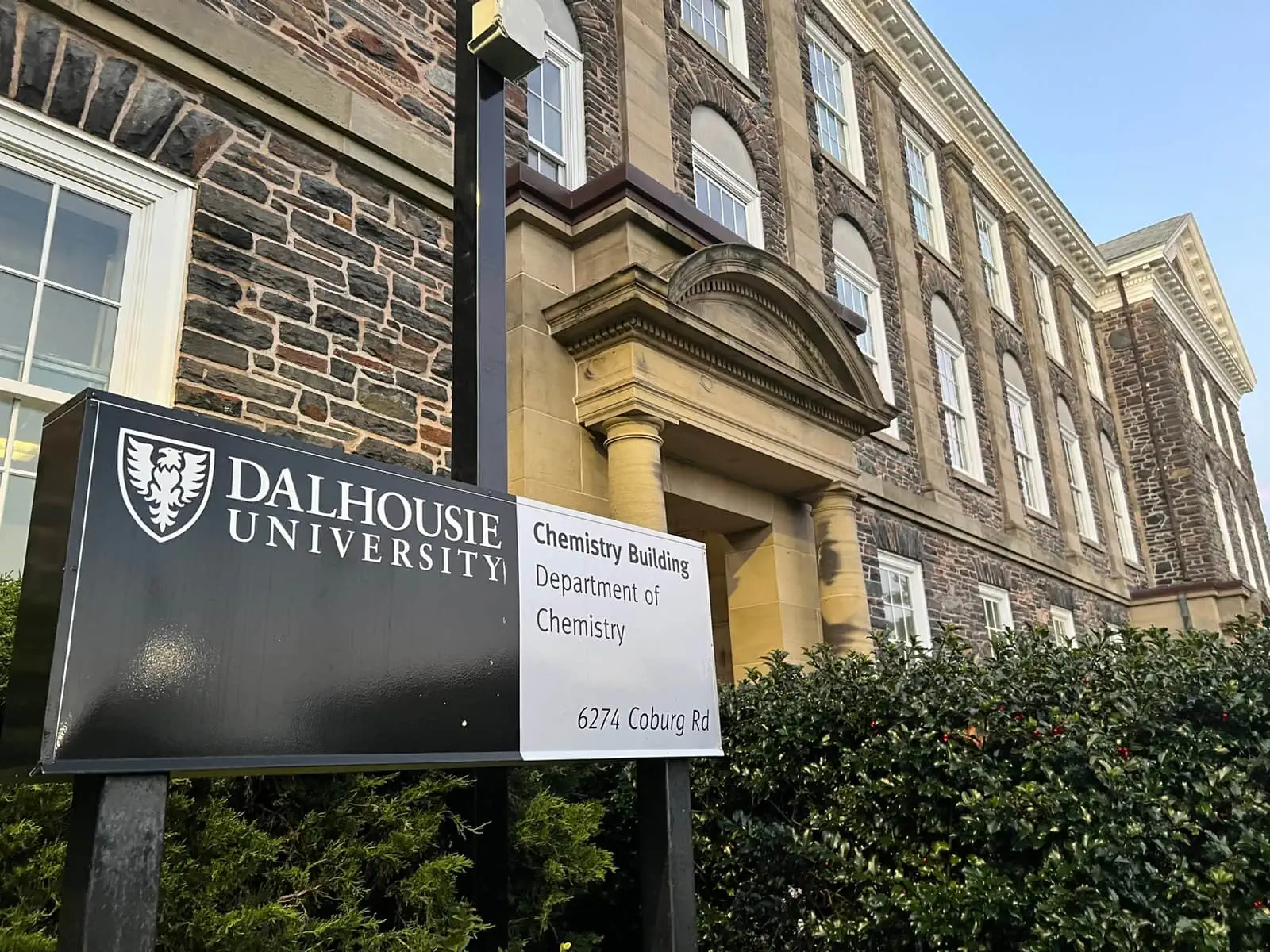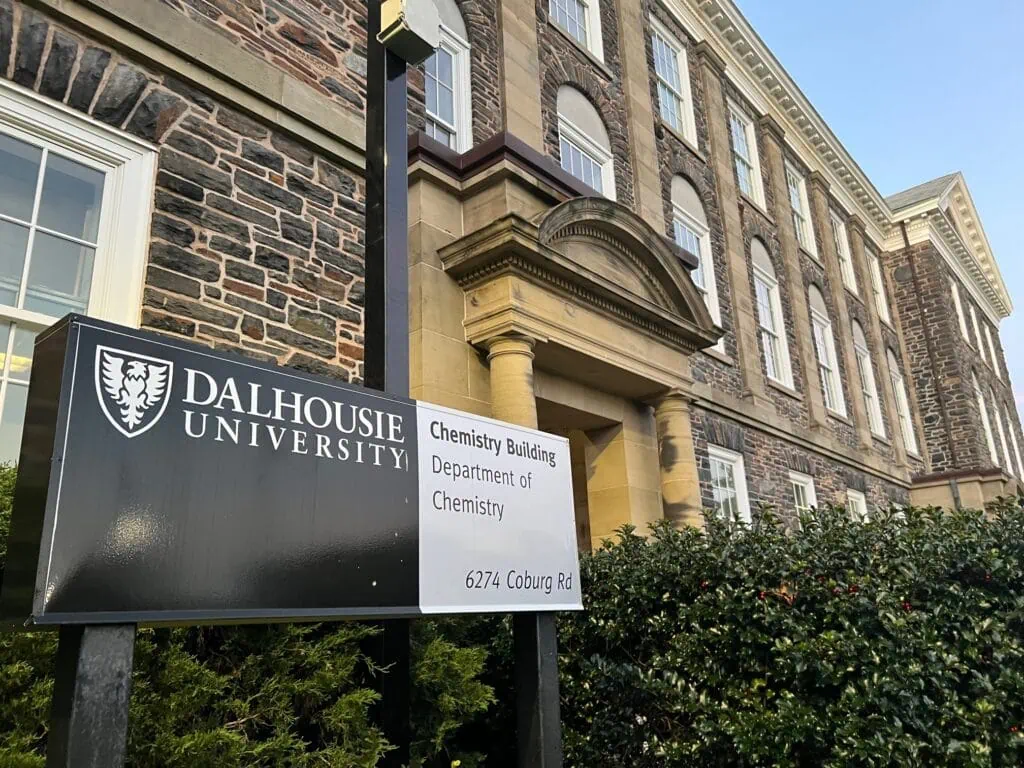Five students from a first-year Dalhousie University chemistry lab were taken to hospital Oct. 11, including two who fainted. The cause of the hospitalizations remains unknown.
The lab, entitled “qualitative identification of cations” took place from 1 to 4 p.m on that date. It entailed testing unknown substances by exposing them to different solutions to determine the presence of specific cations. A cation is a specific type of ion studied in chemistry.
Of the 12 chemicals used in the experiment, those given to students in the highest quantity were nitric acid, ammonia and acetic acid.
The five students who were taken to hospital were seated in the same corner of the lab room. The three students who did not faint reported symptoms such as tingling in the extremities and a strange taste in their mouths. One of the students who fainted, Julia Kennedy, was concussed from her fall.
When the first student fainted, their lab partner called over the teaching assistant (TA) for help.
Two faintings, one concussed
Kennedy, a first-year chemistry student, was the second student to faint, roughly ten seconds after the first. Kennedy did not feel any symptoms before fainting. This in part led to her eventual concussion.
The Chemistry Building was evacuated at 2:54 p.m. in case of a possible gas leak, roughly ten minutes after students’ symptoms set in. While the building reopened following air quality tests, the lab where the students fainted wasn’t reopened until six days later.
“They ran tests, they did an ECG (electrocardiogram), a bunch of blood work and a chest x-ray. They all came back fine,” Kennedy told the Dalhousie Gazette.
Jonathan Hakim, Kennedy’s classmate, saw the faintings. But he doesn’t believe the chemicals used in the experiment were the cause. He spoke with a TA from the class, who said none of the chemicals were dangerous.
“They would not be used in a first-year lab if they were so dangerous to cause people to pass out,” Hakim said, echoing his TA.
Kennedy met with the university’s Environmental Health and Safety office following her fainting. She was told the university has been doing “every test possible” to find a cause and ensure safety.
“They went through all of the cabinets and the entire lab, all the chemicals to see if there was something there that wasn’t supposed to be there,” she said.
Inconclusive inspection
The university’s chemical laboratory safety manual states that laboratory staff “involved in an incident, exposure, spill, or near-miss incident while conducting work or engaged in activities at the university” must complete an incident report.
Norm Schepp, Dal’s chemistry department chair, didn’t respond to requests for comment by print time. Janet Bryson, who handles Dal’s media relations, said in an email statement that students experienced “medical distress” in the Oct. 11 class. She said a gas leak did not take place.
After the lab coordinators and instructors attended to the students, the university “then undertook an additional investigation into the building systems, including ventilation. It looked at air quality measurements and the actual materials used in the laboratory,” Bryson said.
The Gazette’s requests for air quality test results were turned down.
Kennedy’s first year of university was set back by her concussion. She didn’t return to class until Oct. 31.
After meeting with a dean, Kennedy was told she may have to retake the class. She still hasn’t been given an explanation for what happened in the lab.
“At first I was really annoyed that they couldn’t tell me what happened. I still have symptoms, I’m still dealing with that. It happened on school property and they can’t tell me,” she added.
While she was out of classes, Kennedy was told by classmates the professor of the class, Angela Crane, referred to the affected students in the incident as “psychosomatic.” Crane declined to comment.
“People don’t pass out spontaneously. It was not nothing,” Hakim said.
On Oct. 28, the students in the class received an email from Chuck MacDonald, the dean of the faculty of science. No explanation for the incident was given as students hoped, but MacDonald advised students the building was safe and thanked the first-year chemistry lab for their quick response.
Kennedy is the one left to face the consequences of Oct. 11.
“I do think Dal has kind of tried brushing things under the rug and won’t completely admit that something happened,” Kennedy said. “Because if they do, they’d have to take accountability for it.”



Recent Comments